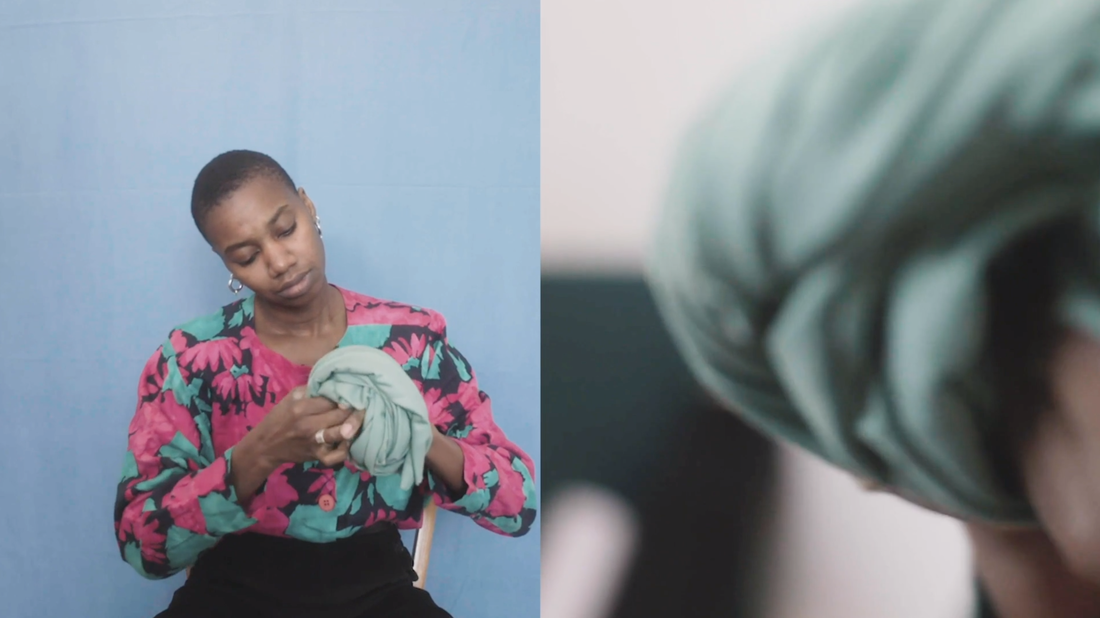
Monthly Archives: September 2021
Filters
2 point lighting / high key
Two point lighting is the most versatile lighting design for shooting fashion or beauty on the street. Having a back light elevates the pictures to a more polished state. Take a look at any CSI tv show or 24 etc and freeze frame as you go. You will see two point lighting on just about every scene if not every shot.

WEEK 1 – What is Photography
- audit summer task/presentations and discuss
- intro… expectations / blog / outline of year
- what is photography – discuss & group work
Welcome to the course!
During your first lessons you will be expected to submit and display your summer task and informally present it to your group. As a group we will discuss the merits and limitations of your work and it will be assessed soon and you will receive feedback too.
(If you have not completed a Summer Task as a new recruit…then you have until Monday 13th September to complete the task appropriately.)
We will also discuss your thoughts and feelings / knowledge and understanding of…
Photography’s function(s)
Photography as an art-form
Photography as a science
The difference between the study of photography and the practice of photography
Henri Cartier-Bresson once said…”Your first 10,000 photographs are your worst”
What do you think Cartier-Bresson meant by this…? Discuss
Demonstrating a critical and contextual understanding of photography can be tricky, especially if the subject is relatively new to you in Year 12. The following activities have been designed to encourage you to reflect on what you know already about photography. Hopefully, some of the prompts will encourage you to further develop your understanding of photography through additional pondering and research.
In small groups, discuss the following questions. One person in the group should be responsible for making notes capturing the main ideas of the discussion:
- Why do people take/make photographs?
- Why is photography important?
- What skills do you need to be a good photographer?
- How many different kinds of photography can you think of?
- How does photography help us see the world?
- Can photographic images be trusted?
- What are the similarities and differences between photography and other types of visual art?
- When would it not be OK to take a photograph?
- How do you know when you’ve made a good photograph?
- Are photographers also artists?
- Where is the best place to see photographs?
- What kind of photography interests you most?
- What confuses or frustrates you about photography?
Watch this short film in which the photographer Henry Wessel discusses his practice. Make some brief notes. What does he help us to understand about photography?
Now compare with this example…

https://photoworks.org.uk/watch-artist-film-with-silvia-rosi/
Keep hold of your notes or capture them on your phone as you will be creating a blog over the next couple of weeks using your findings and thoughts.
history of photography
WHEN WAS PHOTOGRAPHY INVENTED?
The roots of photography extend back further than you might assume. In the 4th Century BC, Aristotle made use of the principles of the camera obscura, in which an image is projected through a small hole. Through a camera obscura’s pinhole, the image of the world is often reversed or upside-down. While our notion of a camera has evolved dramatically, the “camera obscura” is considered the ancient building block upon which further revolutionary developments and inventions in the field of photography were built.
WHO INVENTED PHOTOGRAPHY?
Joseph Nicéphore Niépce and Louis Daguerre are often considered the inventors of photography with cameras as we now know it. The former started out experimenting with silver chloride and silver halide photography, but couldn’t figure out how to prevent them from darkening with exposure to light.
In 1826, Niépce succeeded in taking the first camera photograph. He used a sheet of pewter coated with bitumen, which required an exposure time of at least 8 hours! The subject of this photograph hit close to home for Niépce; it is the view from his workroom in Saint-Loup-de-Varennes, France.
Painter Louis Jacques Mandé Daguerre was so excited by this achievement, he partnered with Niépce. Daguerre continued to develop, refine, and tinker with the process using silver-plated sheets of copper and fuming them with mercury vapor. As he continued to develop this process, Daguerre was able to vastly reduce to the exposure time.
After their invention, it took a long time for photographs and cameras to develop into what we have come to know today. This required more revolutionary ideas and exciting reinventions, which we can now look back on as milestones in the history of photography.
The film roll: In 1889, George Eastman created the roll of film, which made it possible to shoot multiple pictures one after the other. He released it through his company Kodak, and it was a breakthrough in the practical application of photography. It made snapshots possible, and no longer did the images need to be immediately and individually processed. In the same year, Thomas Edison cut it down the middle and added perforated edges, establishing the 35mm format that became so prevalent later.
The 35mm camera: The first Leica camera was developed by Oskar Barnack. Introduced in 1925, the Leica prototype used a small-format, 35mm film. In comparison to the bulky box cameras previously in use, the compact Leica camera was a highly modern improvement.
Color photos: In 1936, photographic technology took an exciting step forward with advances in color film. Kodak released Kodachrome, a film with multiple layers for developing in color.
Polaroid Pictures: Around that time, the first instant camera was also invented. The aesthetic is as popular as ever, enthusiastically coopted by photo services such as Instagram. The Polaroid camera introduced by Edwin H. Land in 1848 was capable of producing a fully developed photo shortly after taking it.
The Digital Camera: While the concept of digital cameras has existed since the 1960s, the camera Steven Sasson of Eastman Kodak built in 1975 is generally considered the first self-contained digital camera. Much like photography with film, advances in the technology have led to explosive growth in the medium’s popularity.
